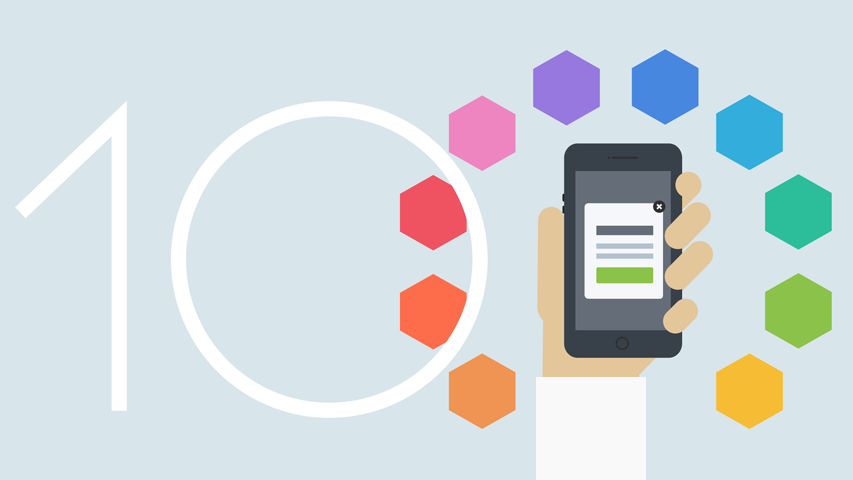F2P: how to send messages to players correctly
Marketing analyst at the analytical company DeltaDNA Lois Seaward (Louise Seaward) told how to send notifications to players in a shareware project so as not to scare them away. We share a retelling.
Image source – https://deltadna.com1. Don’t overdo it
Nobody likes annoying people. You may have sent the whole million messages with the best intentions. But no one has canceled such a thing as an “overdose” anyway. You start to get your players with notifications – and they will leave without looking back.
2. Focus on the threshold of entering the game
If the game is too complicated or too simple, then 48% of players will quit it (statistics!). Therefore, it is important to monitor and control the level of engagement at the stage of entering the game. Analytics will help you here. Study the behavior of the players and segment them by how they handle the game. If you see that at a certain stage a certain number of users are experiencing difficulties, then start sending them tips or hints.
The more useful your messages are, the more likely it is that players will respond to them. Here, just like in the previous paragraph, analytics is very useful.
For example, if your metrics show that a player likes to improve his character, then offer him an IAP from this category. And if you are dealing with a “whale”, then it is better for him to offer consumables, something for which he can return (and what he can buy in bundles).
Set up notifications so that they are sent when the player runs out of resources. Or when he once again failed to complete the mission.
4. Find the right tone
Finding the right intonation of messages is a kind of art. But if you have decided on the audience and have a good idea of who exactly is playing your game, then it’s not that difficult. Use a marketing trick – imagine a specific person you know who fits the criteria of your target audience. Write messages, referring specifically to him – this will help you find and maintain the right tone.
5. Don’t push
People like to think that they have a certain freedom in the game, they like to explore it and study it themselves. Therefore, regardless of what tone you choose, there is no need to command and give instructions. Instead, offer hints and tips.
6. Be able to leave the player alone
Players are usually not happy when they are woken up at three in the morning by a message about the sale of coins. Run tests and find out exactly at what time users respond best to messages. Allow players to partially control the sending of notifications (for example, prohibit it at night) – and half the work is done.
7. Show the most interesting content
Use in-game messages to announce an interesting level or a rare item sale. In this case, the player will most likely want to return.
8. Don’t start demanding money right away
Give players time to get carried away with the gameplay. Do not ask for money at this stage – you risk scaring away. Studies show that players who start spending later spend more in the long run than those who immediately uncovered the wallet.
9. Optimize IAP and advertising
Even if you did everything right, not all players will want to make an in-game purchase. Use analytics to determine whether your user would prefer to pay or watch motivated ads. And after that, set up monetization accordingly.
10. Test
The surest way to make sure that your notifications work is to test them. Use A/B testing, try different approaches. And then test again.

